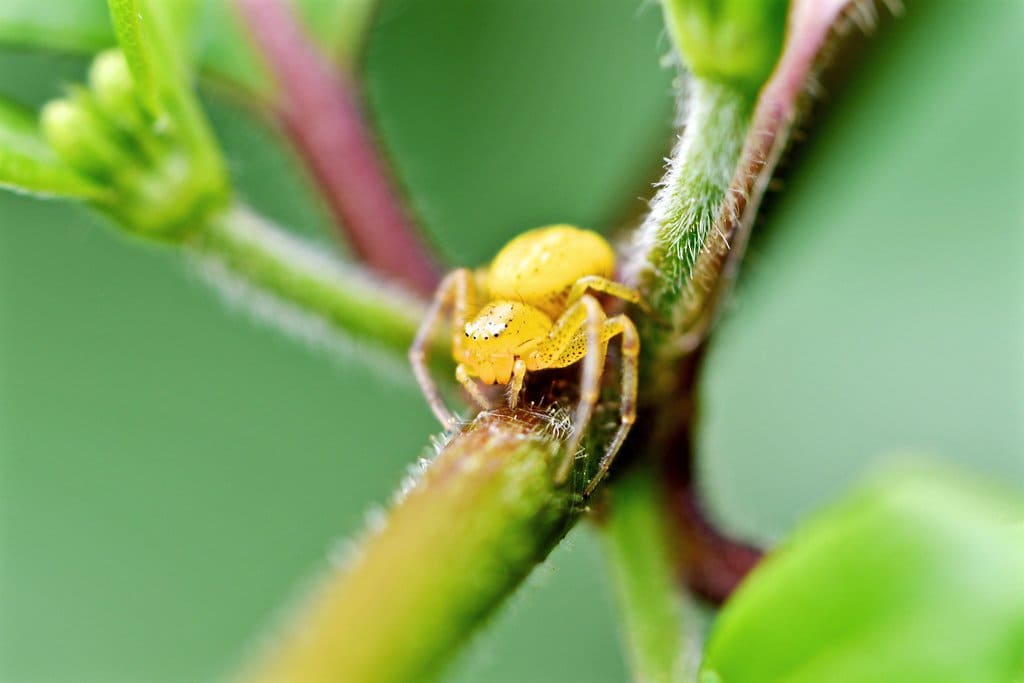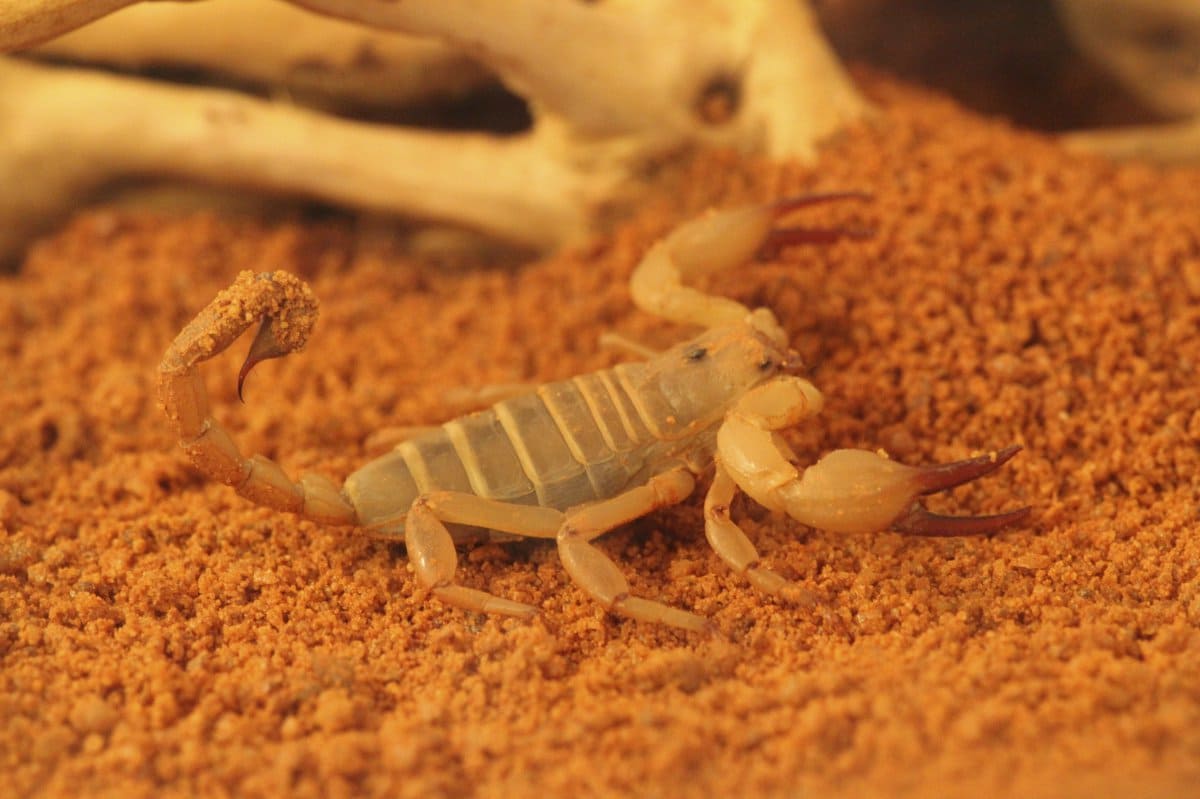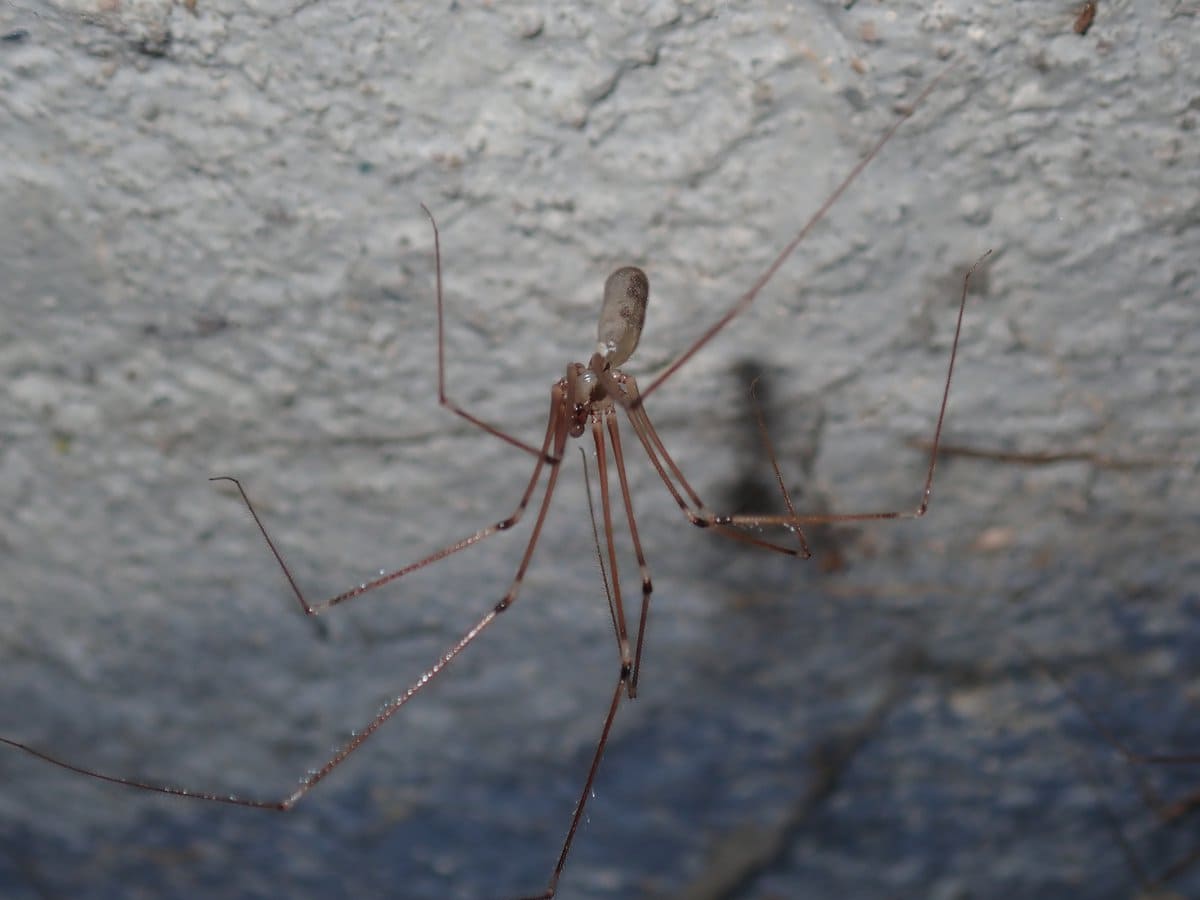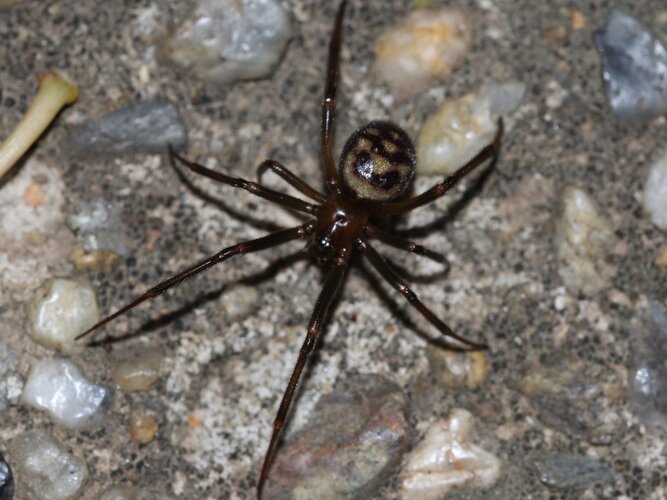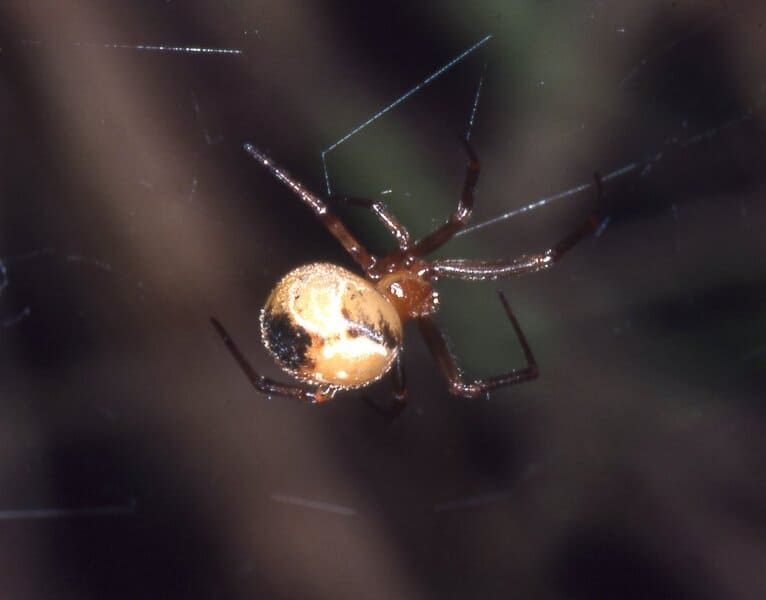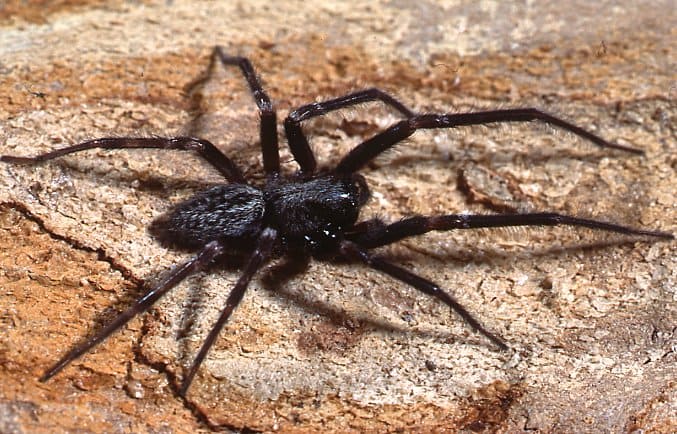Flower spiders
IUCN
LCBasic Information
Scientific classification
- name:Flower spiders
- Scientific Name:Thomisidae (e.g., Misumena, Thomisus and other flower-dwelling genera)
- Outline:Arthropoda
- Family:Thomisidae Misumena Thomisus
Vital signs
- length:Mostly 4–10 mm in females; males smaller
- Weight:Small spiders; weight varies among species
- lifetime:Roughly 1 year; some females may survive across seasons
Feature
Ambush hunters on flowers; crab-like stance and sideways movement; some species slowly change colour to match blossoms.
Distribution and Habitat
Flower-rich meadows, fields, gardens and woodland edges in temperate and tropical regions worldwide.
Appearance
Broad, flattened body; enlarged front legs; white/yellow/greenish/pink colour schemes that blend with petals.
Details
Flower spiders, often called flower crab spiders, are members of the family Thomisidaethat hunt on flowers rather than build classic prey-catching webs. They rely oncamouflage and ambush, lying in wait on petals and flower heads to seize visiting pollinators and other insects.
Ecology & Biology
Foraging strategy: mostly sit-and-wait predators, stationed on the centre or margin of flowers where bees, butterflies and hoverflies regularly land.
Colour change: some species (e.g. Misumena vatia) can slowly shift body colour between white and yellow to better match the host blossom.
Locomotion: as “crab spiders”, the front legs are longer and more robust; they often move sideways or diagonally, reminiscent of a crab.
Reproduction: females place egg sacs on flower stalks or leaves and guard them for a time; juveniles disperse onto nearby vegetation after hatching.
Identification
Body size: typically small; females about 4–10 mm, males smaller.
Shape: characteristic crab-like outline with enlarged front legs and a broad, flattened body suited to resting on petals.
Colour: often white, yellow, pale green or pinkish, sometimes with spots or stripes that enhance concealment among flowers.
Range & Habitat
Flower crab spiders are widespread across temperate and tropical regions worldwide. They inhabitmeadows, fields, woodland edges, gardens and shrublands, especially where blossoms and pollinating insects are abundant.
People & Safety
Medical relevance: of very low medical importance to humans. They are shy, seldom bite, and bites are usually minor if they occur at all.
Ecological role: by preying on pollinators and other small arthropods, they play a role in structuring flower‑visiting insect communities.
Observation: excellent subjects for macro photography; they should be observed rather than handled.
IUCN: most flower crab spider species are currently Not Evaluated (NE); this entry covers the group as a whole.
FAQ
Q1. Do flower spiders build webs? They generally do not spin large orb webs; instead, they use minimal silk for anchoring and egg sacs and rely on ambush hunting.
Q2. Can they bite people? They rarely bite and do not actively attack; any bite is usually mild and short‑lived.
Q3. Why are they called “crab” spiders? Because of their crab‑like stance and sideways movement; flower spiders are the flower‑dwelling representatives of crab spiders.
Q4. How can I find them in the field? In spring and summer, carefully examine showy composite or umbellifer flowers; look for small, well‑camouflaged spiders sitting at the centre or edges of the blossoms.

